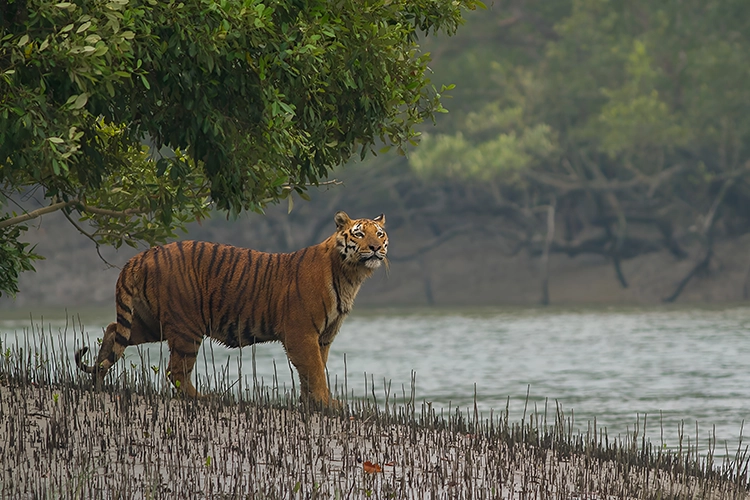
From communities faced with rising seas to the steps needed to avert a climate catastrophe, join us as we explore the world in the latest issue of Geographical
In our November issue, discover how rising seas are pushing tigers closer to villages in Bangladesh and sweeping away homes in India, and find out exactly what’s stopping us from dealing with the accelerating climate crisis. Also in this issue: the native wildlife populations making the biggest comebacks across Europe, travel tips from a climate scientists, and the best photography from the latest Prix Pictet Award.
This month, in the lead up to COP30 in Belém, Brazil, the magazine features a special report on deforestation and its impact on climate change. Mark Rowe takes a close look at how, despite political shifts and promises of change, forest loss in the world’s largest tropical rainforest is increasing.
Our columnists bring an array of topics to the forefront to help you stay on top of the world: Marco Magrini considers how investment in renewables could tip the balance of global power in a new direction; Tim Marshall discusses how geography remains a key player in conflicts, even as we enter a new era of drone warfare; and Andrew Brooks reflects on how the food we eat is shaped and exploited by politics.
Our digital edition is out now too, giving you access to all the stories in our latest issue, as well as our full archive dating back to 1935, with hundreds of magazines to explore. Digital access is available through the Geographical app, and you can now enable notifications to be alerted the moment the latest issue is live. And if you want to enjoy our beautifully designed and produced print magazine, we can post the next edition to you anywhere in the world. Join us and stay on top of the world!
The Amazon is on fire
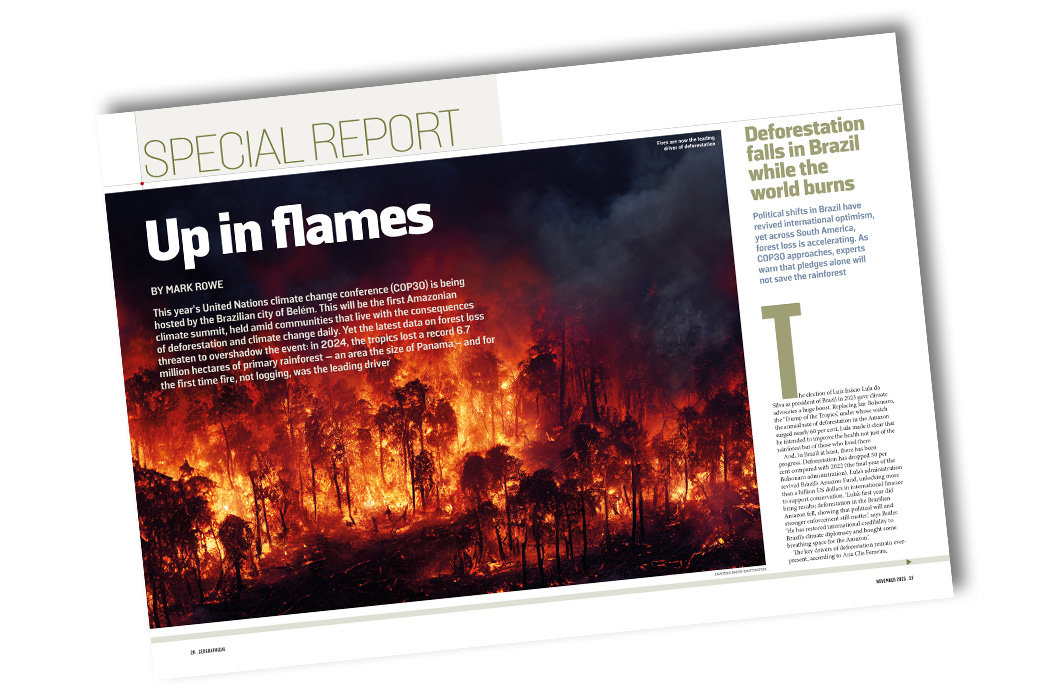
The Amazon is burning. For the first time, fire has surpassed logging as the leading driver of deforestation, fuelled by a dangerous feedback loop of climate change and drought. In 2024, the tropics lost a record US$6.7million hectares of primary rainforest – an area the size of Panama. This year’s COP30 climate summit is set to take place in the city of Belém, making Brazil the first Amazonian country to host the global event. Yet while Brazil’s president has pledged to cut forest loss, he is simultaneously fast-tracking oil exploration and building a new road that slices through protected forest, undermining the very principles the meeting is meant to uphold. Can we prevent the Amazon from reaching a dangerous tipping point? Read the full report to find out.
Sinking forests in the tropics
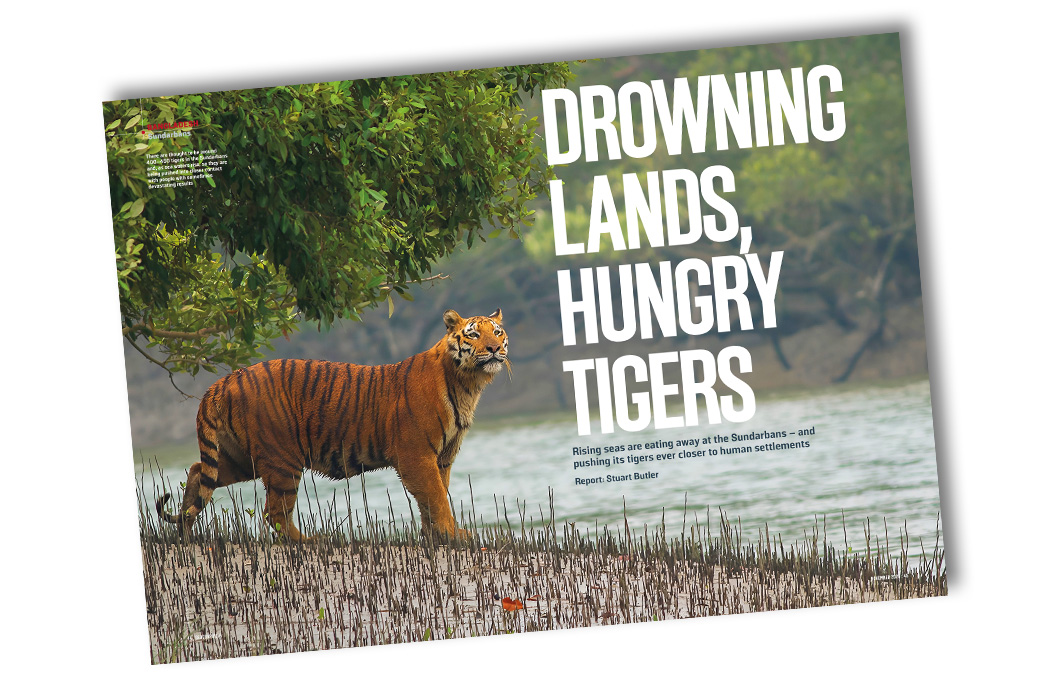
In one of the world’s largest mangrove forests, the Sundarbans, a deadly new conflict is emerging. Rising seas are devouring the land and pushing its iconic Bengal tigers toward human settlements. Between 2000 and 2022, nearly 300 people were killed by these powerful cats in one region alone. As sea levels rise up to three centimetres a year, the essential mangrove forest is dying from increased salt and more ferocious cyclones. Experts now warn that by 2070, there may be no suitable tiger habitat left at all. Our correspondent Stuart Butler visited the region to document the tragic reality of these climate refugees – both human and animal – and hear the terrifying first-hand accounts of survival and loss.
Attack of the drones
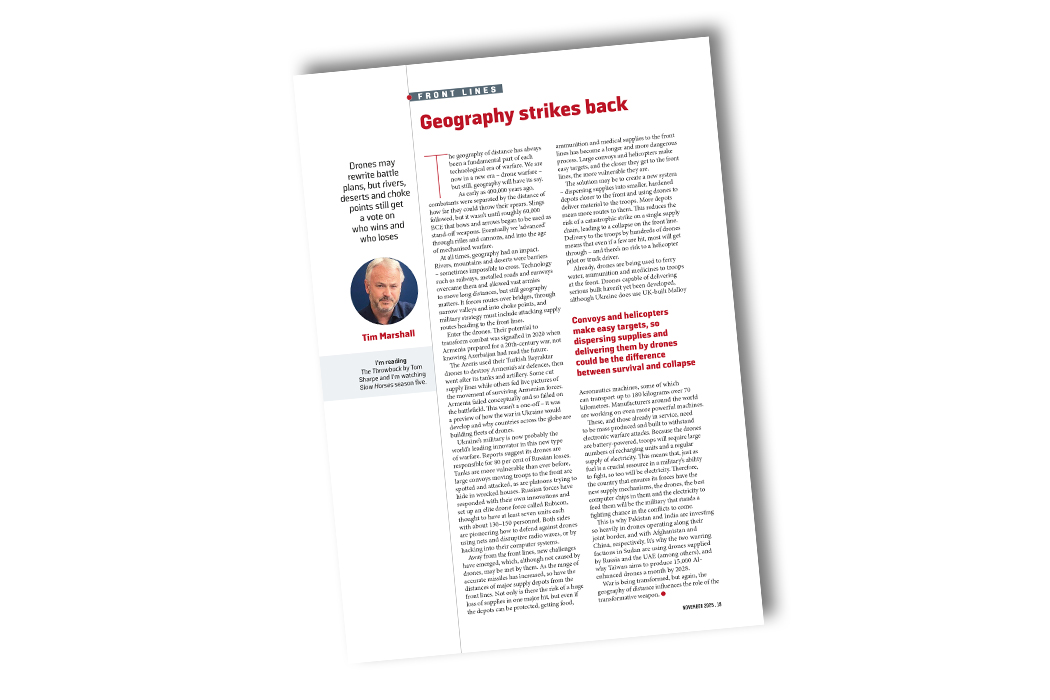
In the age of remote combat, the most dangerous place on the front line isn’t the trench – it’s the supply convoy. With traditional logistics failing, militaries are pivoting to a decentralised system where hundreds of delivery drones ferry everything from water to ammunition. This shift, says Tim Marshall, introduces a new critical resource: electricity. The country that can secure the new supply mechanisms, the best computer chips, and the power to feed its drone fleets will be the military that stands a fighting chance in the conflicts to come.
On shaky ground

The Wayanad district in India’s Kerala region, once a haven of biodiversity, is now a catastrophe hotspot. Deadly landslides, fuelled by erratic monsoons, extreme droughts, and unchecked deforestation, are shattering communities – with one mudslide event killing over 400 people. Photographer Jennifer Carlos documents the shattered lives of families forced to adapt to a life on the brink, from building makeshift cemeteries to hanging beds from the ceiling to escape regular floods. With the soil now cracking and the ground unstable, these residents stay because they have nowhere else to go.
Equipment matters
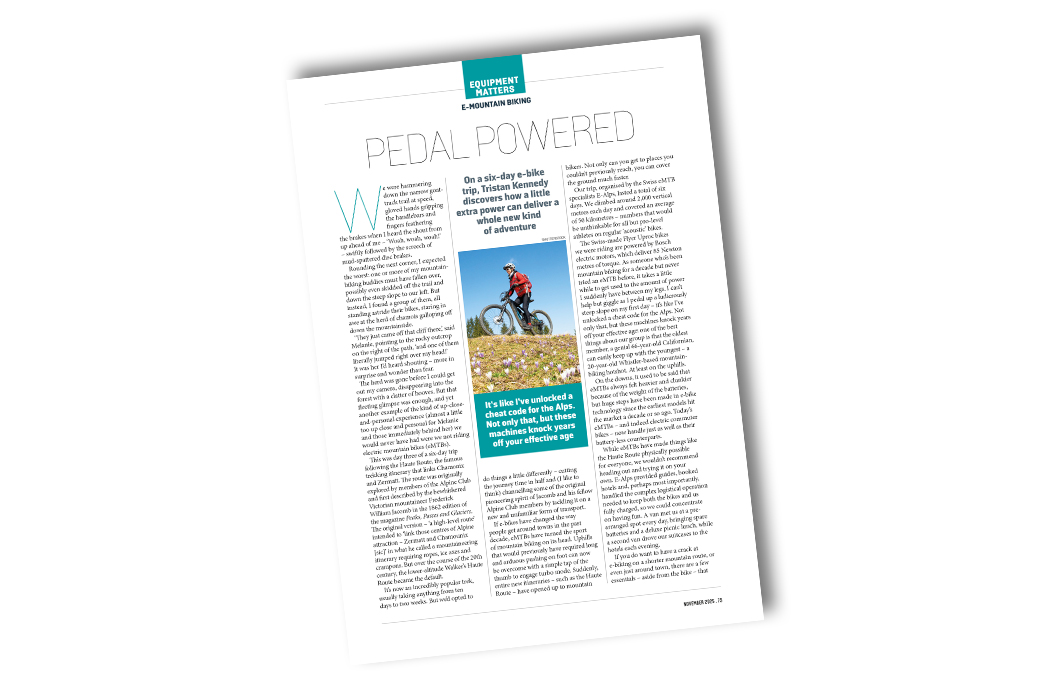
Our outdoor gear specialist, Tristan Kennedy, is back – and he’s just returned from a six-day trip through the Alps. His mission? To test the piece of kit that’s single-handedly opening up exhilarating new ways to explore this iconic mountainous landscape: the electric mountain bike (eMTB). This ‘cheat code for the Alps,’ as he calls it, doesn’t just help riders conquer impossible climbs it opens up the door to adventurers who might have thought a trip like this was out of reach.



